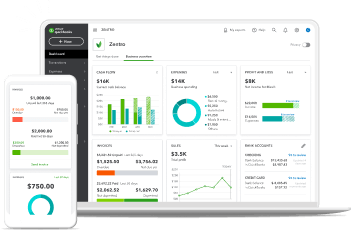How to implement e-invoicing in 4 steps
Getting started with e-invoicing may sound technical, but the process is straightforward once you break it down. Whether you choose the MyInvois Portal, system integration or a Peppol Access Point, the setup follows the same basic path—register, prepare your data, and submit invoices for validation.
If you’re ever unsure about your deadlines for e-invoice implementation, you can always double-check the official LHDN e-invoice timeline to make sure your business is on track.
1. Confirm implementation tool
The first step is to decide how you’ll send e-Invoices to IRBM via MyInvois. You have three IRBM-approved methods:
- MyInvois Portal: Use this web portal for manual single invoice entry or batch upload (via spreadsheet)—good if you have low-volume or simple invoice workflows.
- API / Software Integration: If you have a billing or ERP system, you can integrate via the API/SDK provided by IRBM so that invoices are submitted automatically and in real time.
- Peppol Access Point (4-corner model): Connect to an international business network that lets you exchange invoices electronically with other businesses. This is great for companies that trade internationally or want seamless invoice sharing
2. Complete registration
Before you can issue e-invoices, your business must be registered with LHDN and have an active tax profile. You’ll also need to ensure your chosen service provider is approved in Malaysia. Here’s how to complete your registration:
- Ensure your business is registered with IRBM / LHDN and your tax profile is active.
- Obtain/activate a digital certificate (issued or recognised under IRBM’s scheme) for signing e-Invoices.
- If using API, you may need to use the SDK, or ensure your software provider is certified / compliant.
3. Prepare mandatory data fields and system setup
Before you can issue e-invoices, you’ll need to make sure your system (or the MyInvois Portal) is set up to capture all the required details. IRBM has a standard list of information that every e-invoice must include:
- Business details: Supplier and buyer names, business registration numbers, and Tax Identification Numbers (TIN).
- Addresses and contact information: Billing and business addresses, email, or phone where needed.
- Invoice information: Invoice number, invoice date, due date, and purchase order number if applicable.
- Transaction details: Description of goods or services, quantity, unit price, discounts, total before tax, tax amount, total after tax.
- Currency details: If you invoice in another currency, you may need to include the exchange rate.
- Archiving system: All e-invoices (approved, cancelled, or rejected) must be stored securely for 7 years for audit purposes.
A note on formats (JSON/XML):
If you’re using the MyInvois Portal, you won’t need to worry about formats—the portal handles that for you. If you’re using accounting software like QuickBooks, the system will automatically send the data in the correct format (JSON or XML) to IRBM. So while you might see these terms mentioned in guidelines, you don’t need to do anything extra—your software or service provider takes care of it.
4. Submit through the MyInvois Portal
Once you’ve gathered your invoice data, you’re ready to create and submit your e-invoice. The MyInvois Portal gives you two options—submitting invoices one by one, or uploading them in bulk.
Log in to the portal
Choose your submission method
- Single submission: Best for small businesses or if you only issue a few invoices. You can enter all required details directly into the portal’s online form and submit in real time.
- Batch submission: Suitable if you have multiple invoices to send at once. You can upload a file in the format provided by LHDN (CSV/Excel template) and submit them together.
Validation and approval
- After submission, the portal runs an instant validation check.
- If successful, IRBM issues an Invoice Reference Number (IRN) and a QR code.
- Both you and your buyer will receive confirmation.






